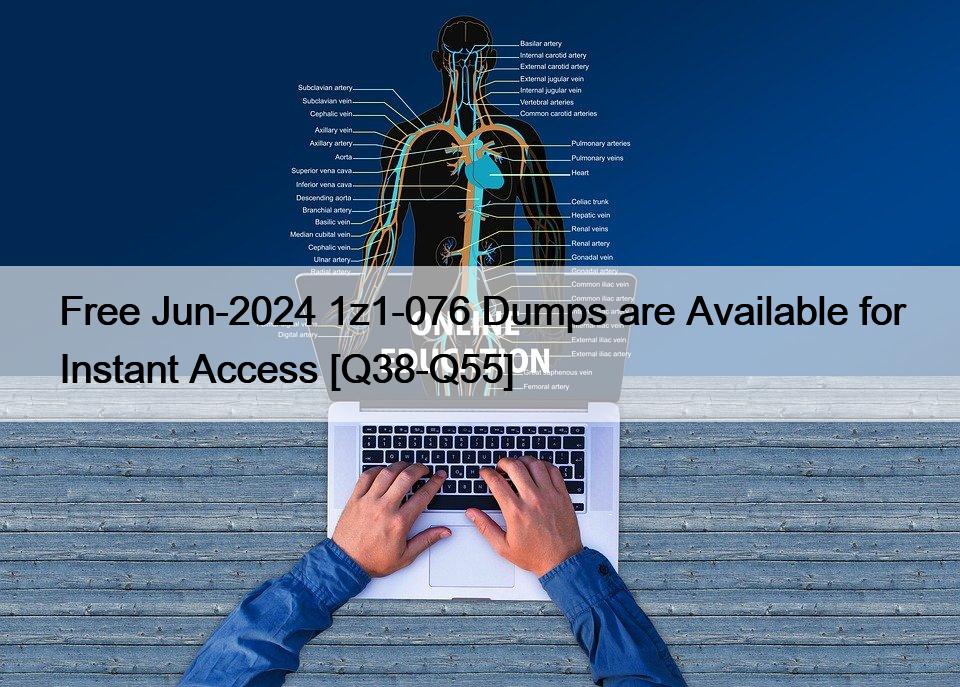
Free Jun-2024 1z1-076 Dumps are Available for Instant Access
View All 1z1-076 Actual Exam Questions Answers and Explanations for Free
The Most In-Demand 1z1-076 Pass Guaranteed Quiz : https://www.dumpstorrent.com/1z1-076-exam-dumps-torrent.html

Free Jun-2024 1z1-076 Dumps are Available for Instant Access
View All 1z1-076 Actual Exam Questions Answers and Explanations for Free
The Most In-Demand 1z1-076 Pass Guaranteed Quiz : https://www.dumpstorrent.com/1z1-076-exam-dumps-torrent.html